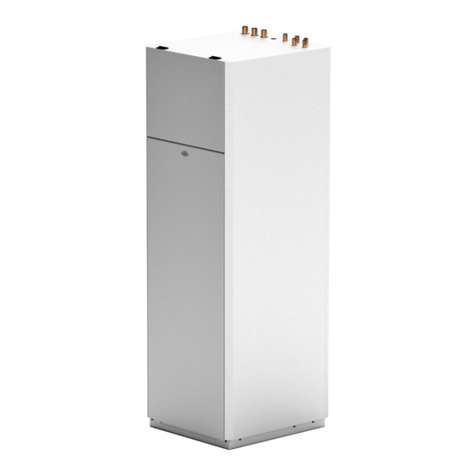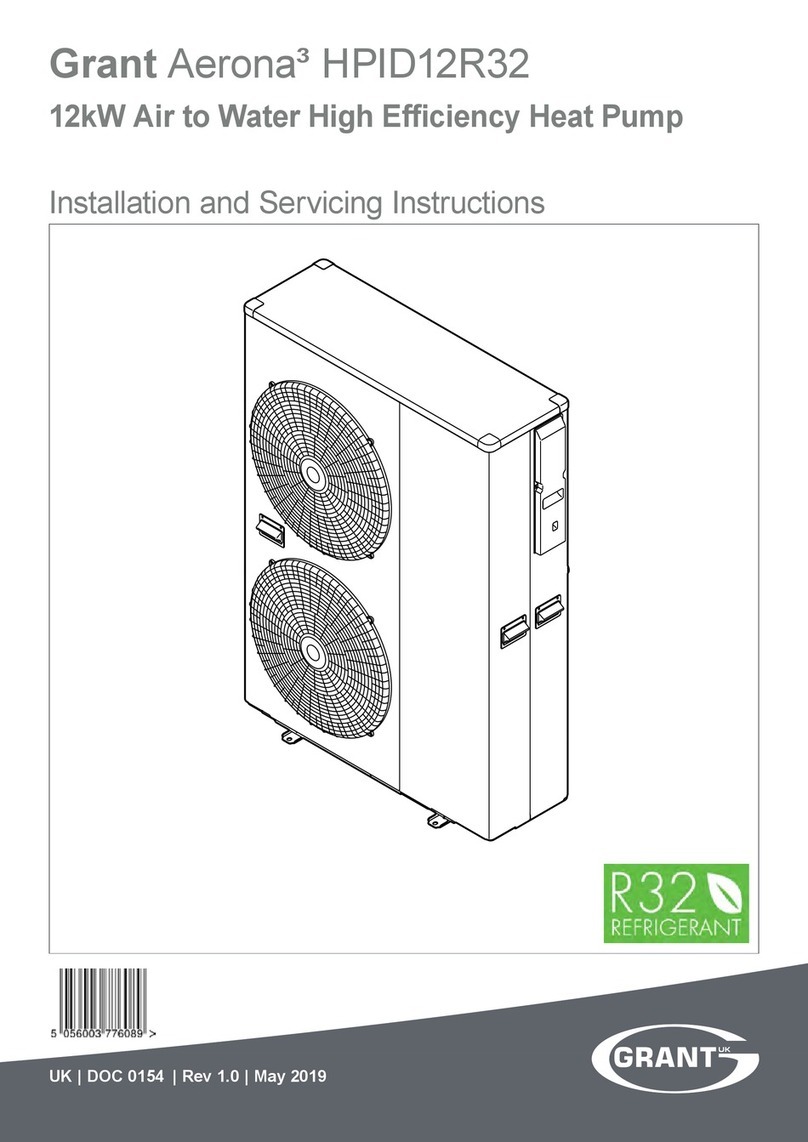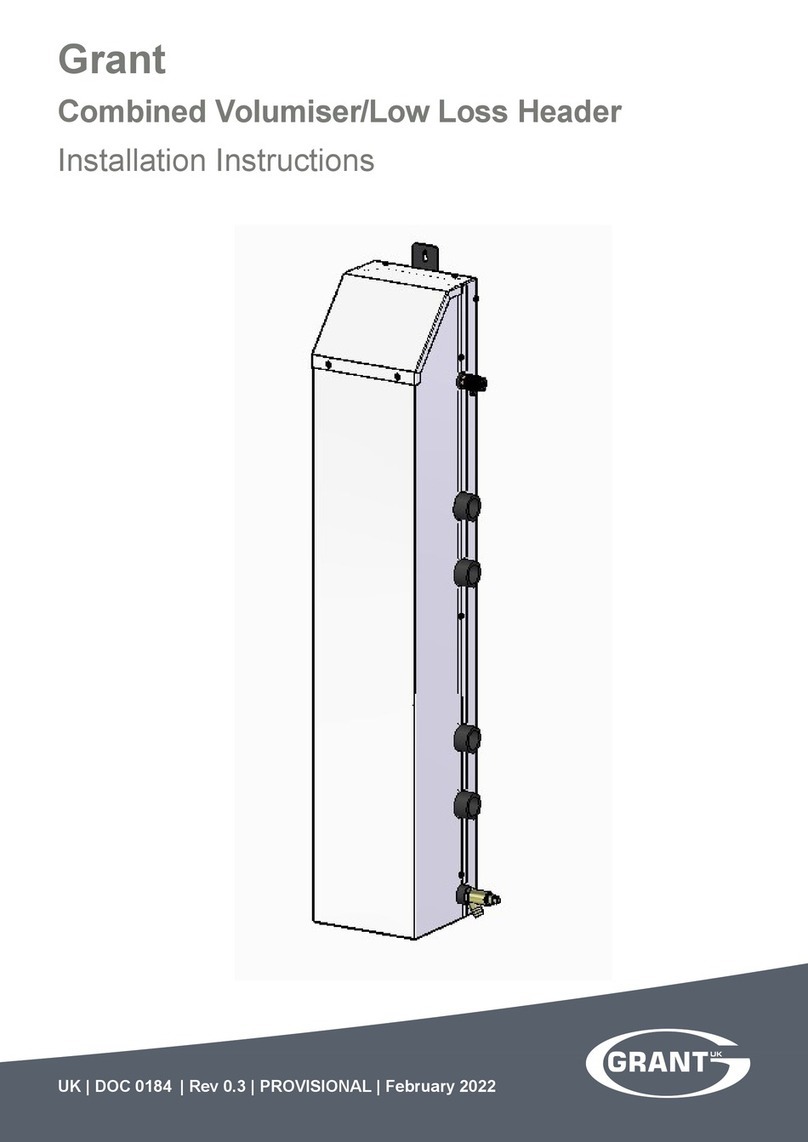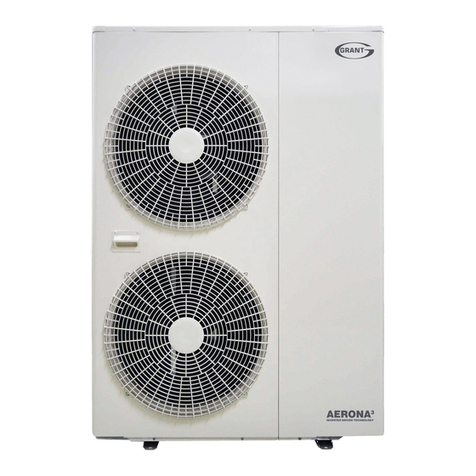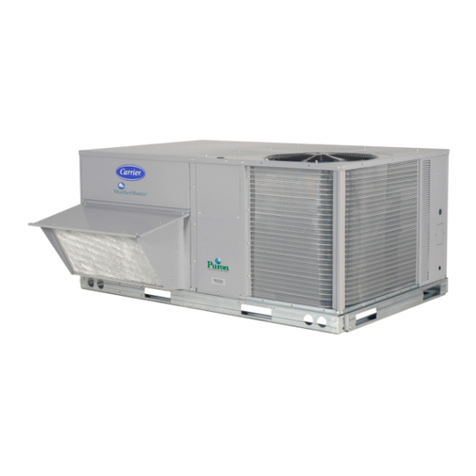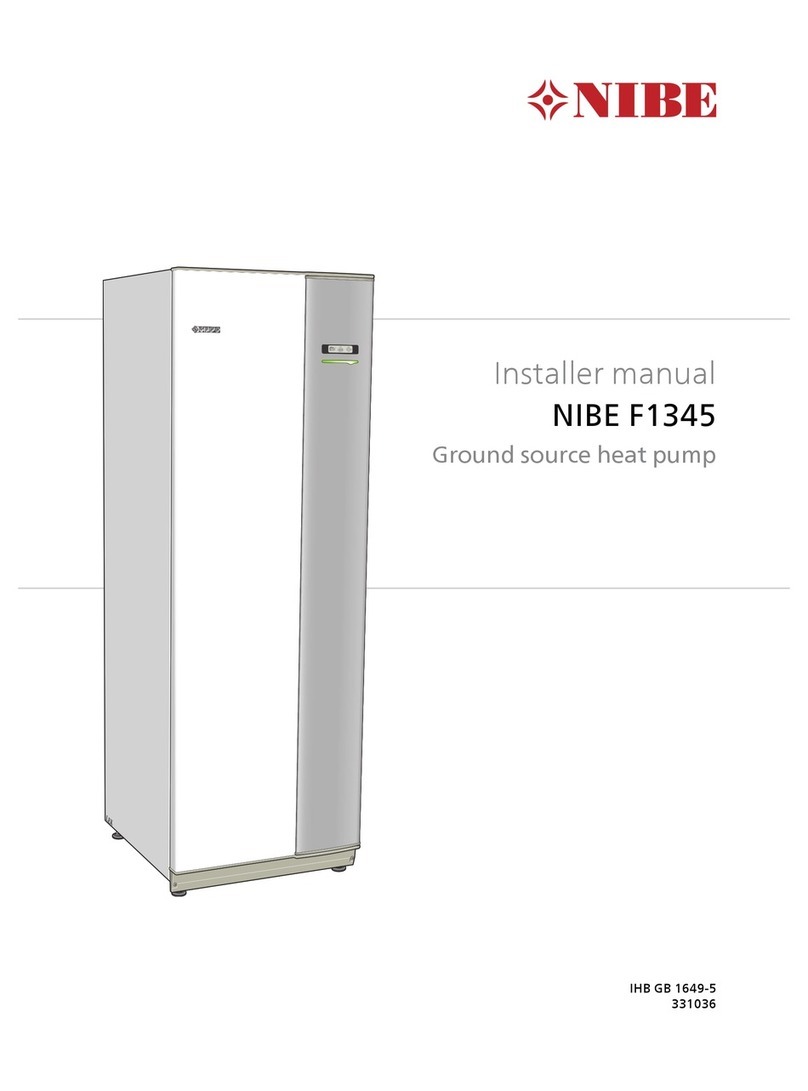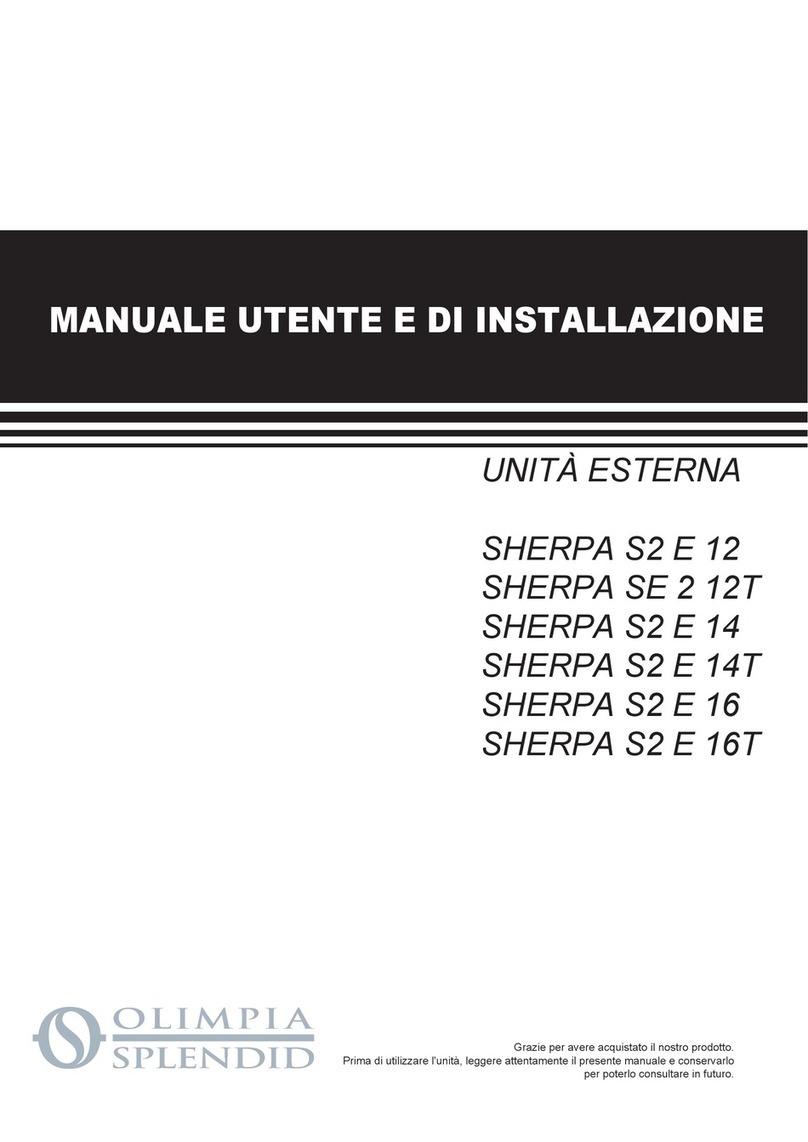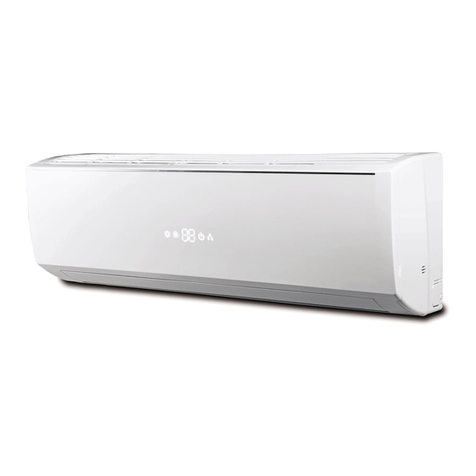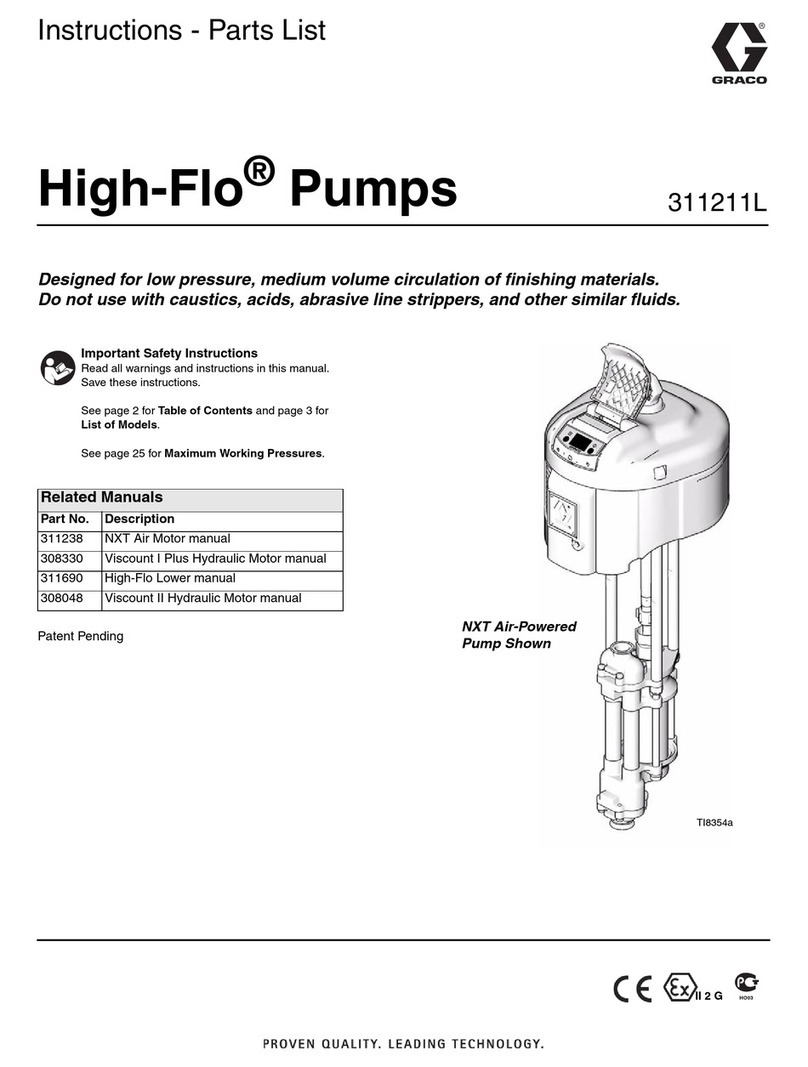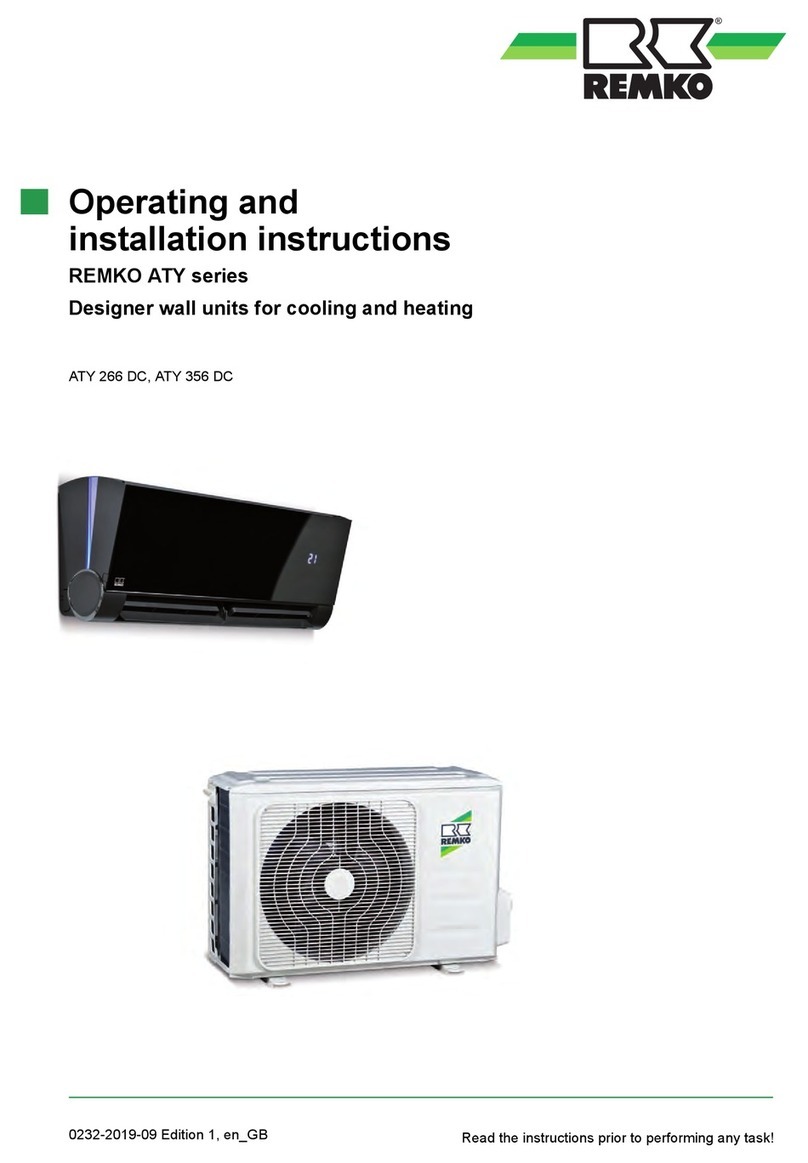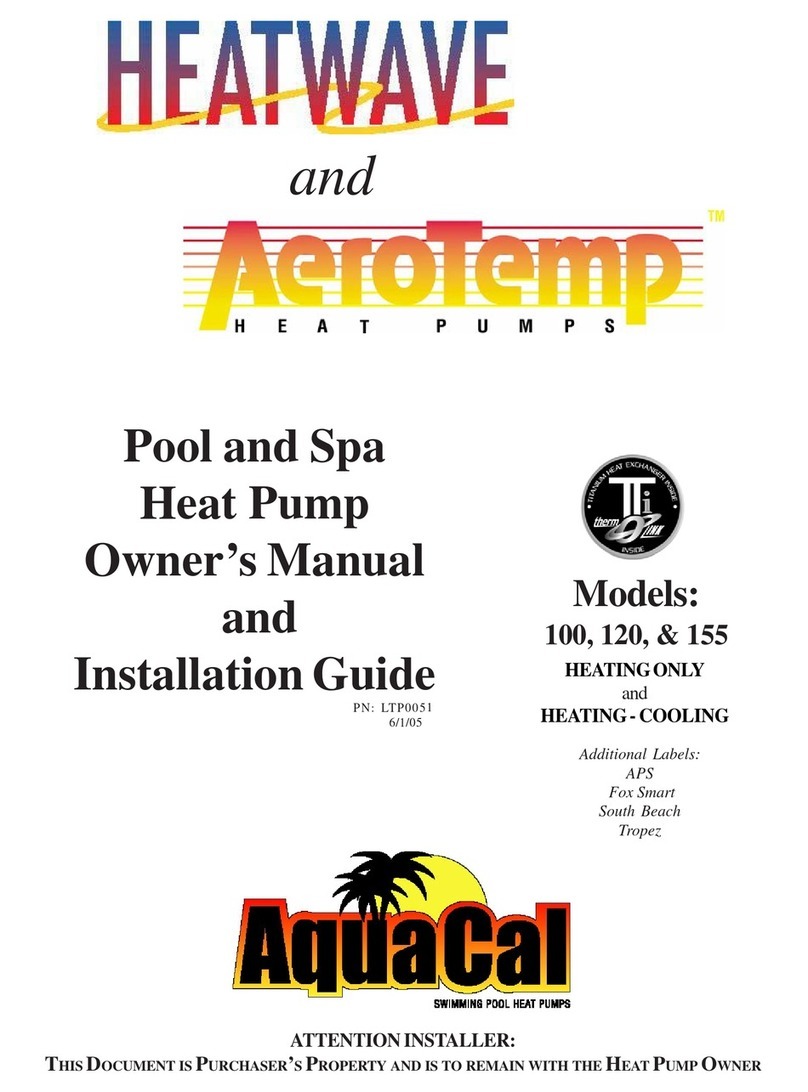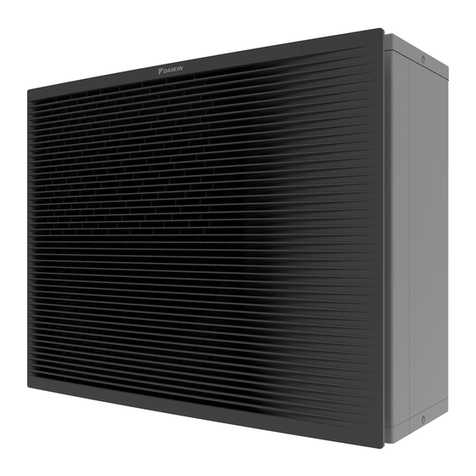
Section 3: Installation InformationPage 14
3.10 Before you Commission
3.10.1 Flushing and Corrosion Protection
To avoid the danger of dirt and foreign matter entering the heat pump the
complete heating system should be thoroughly flushed out – both before the
heat pump is operated and then again after the system has been heated and
is still hot.
This is especially important where the heat pump is installed as a replacement
for a boiler on an existing system. In this case the system should be first
flushed hot, before the old boiler is removed and replaced by the heat pump.
For optimum performance after installation, this heat pump and the central
heating system must be flushed in accordance with the guidelines given in BS
7593 ‘Treatment of water in domestic hot water central heating systems’.
This must involve the use of a proprietary cleaner, such as Sentinel X300 or
X400, or Fernox Restorer.
After flushing, a suitable thermal fluid should be used (such as Grant
heat pump glycol) specifically designed for use in air source heat pump
installations. This provides long term protection against corrosion and scale
as well as the risk of the freezing in the external section of the heating system
(i.e. the flexible hoses, condenser and circulating pump within the heat pump
casing) in the event of power failure during winter months.
In order to avoid bacterial growth, due to the lower system operating
temperatures, a suitable Biocide (such as Sentinel R700) should also be used
in conjunction with the thermal fluid. Both the thermal fluid and biocide should
be added to the system water when finally filling the heating system.
Alternatively, Fernox HP-5C can be used. This is a suitable thermal fluid that
protects against corrosion, scale and bacterial growth and also provides
frost protection. The level of frost protection depends on the percentage
concentration used.
Grant recommends using a suitable thermal fluid to give a MINIMUM level
of frost protection of -9°C, and down to lower temperatures than this where
local conditions are more severe.
Follow the instructions on the correct use of thermal fluids and biocides
supplied with the products. Further information can be obtained from either
www.sentinel-solutions.net or www.fernox.com.
Failure to implement the above guidelines for fully flushing the system and
using a suitable thermal fluid to provide adequate protection against
corrosion, scale, bacterial growth and freezing will invalidate the heat pump
product guarantee.
Grant Engineering (IRL) ULC strongly recommends that a Grant
Mag One in-line magnetic filter/s (or equivalent*) is fitted
in the heating system pipework. This should be installed and
regularly serviced in accordance with the filter manufacturer’s
instructions.
* As measured by gauss. The Mag One magnetic filter has a gauss
measurement of 12000.
Table 3-7: Antifreeze concentration
% Monoethylene glycol inhibitor 10% 20% 30% 40%
Freezing temperature* -4°C -9°C -15°C -23°C
Correction
factor
Capacity 0,996 0,991 0,983 0 ,974
Power absorbed 0,990 0,978 0,964 1,008
Pressure drop 1,003 1,010 1,020 1,033
* The temperature values are indicative. Always refer to the temperatures given for the specified product used.
For details of how to access the parameter settings, refer to Section 9.3.
3.10.2 Anti-freeze function setting
This function is factory set to ON, i.e. DIP SW1 is set to ON (up position).
With the frost protection function set to ON, it will operate as described in
Sections 8.4.1, 8.4.2 and 8.4.3.
If a suitable concentration of ethylene glycol (heating system antifreeze)
is used in the system water. Refer to Table 3-7 for suitable antifreeze
concentrations or follow the manufacturer’s instructions supplied with the
antifreeze.
If not required, frost protection function can be disabled as follows:
• Remove the wiring cover at the right hand end of the heat pump. Refer
to Figure 6-1.
• Set DIP SW1 to OFF (down position). Refer to Figure 3-8.
• Replace the wiring cover and secure in place with the screws provided.
Terminal PCB
ON
1
OFF
DIP SW. position
2 3 456 7 8
Figure 3-8: Anti-freeze function setting
To do this, use the remote controller as follows (refer to Section 9.1 page 44):
First access the Installer level:
1. Press and hold the Menu land the –or +obuttons together for 3
seconds to enter the installer level.
2. “InSt” parameter number “00 00” and parameter value “----“ will be
shown on the display. The first two digits of the parameter number will
be blinking.
Then, access the Service level:
1. Use the Up or Down qbuttons to change these first two digits to 99
and then press the +button o.
2. The second two digits will then blink. Use the Up or Down qbuttons to
change these two digits to 99 and then press the Set button p.
3. The parameter value on the display will now be ‘0’.
4. Use the ‘Up’ and ‘Down’ (8) buttons to change the parameter value to
“738” and then press the ‘Set’ (7) button.
Now, reset the value for parameter 4300 to 0 (disabled):
1. The first two digits of the 4-digit parameter number (the parameter
group number) will blink.
When using thermal fluids and biocides,
ensure that the volume of any volumisers,
buffers and thermal stores are taken into
account, in addition to the heating system
pipework, when determining how much is
required to correctly dose the system.
Dip switch positions:
Up: ON
Down: OFF
Refer to Sections 8.4.1, 8.4.2 and 8.4.3.
NOTE
NOTE





















